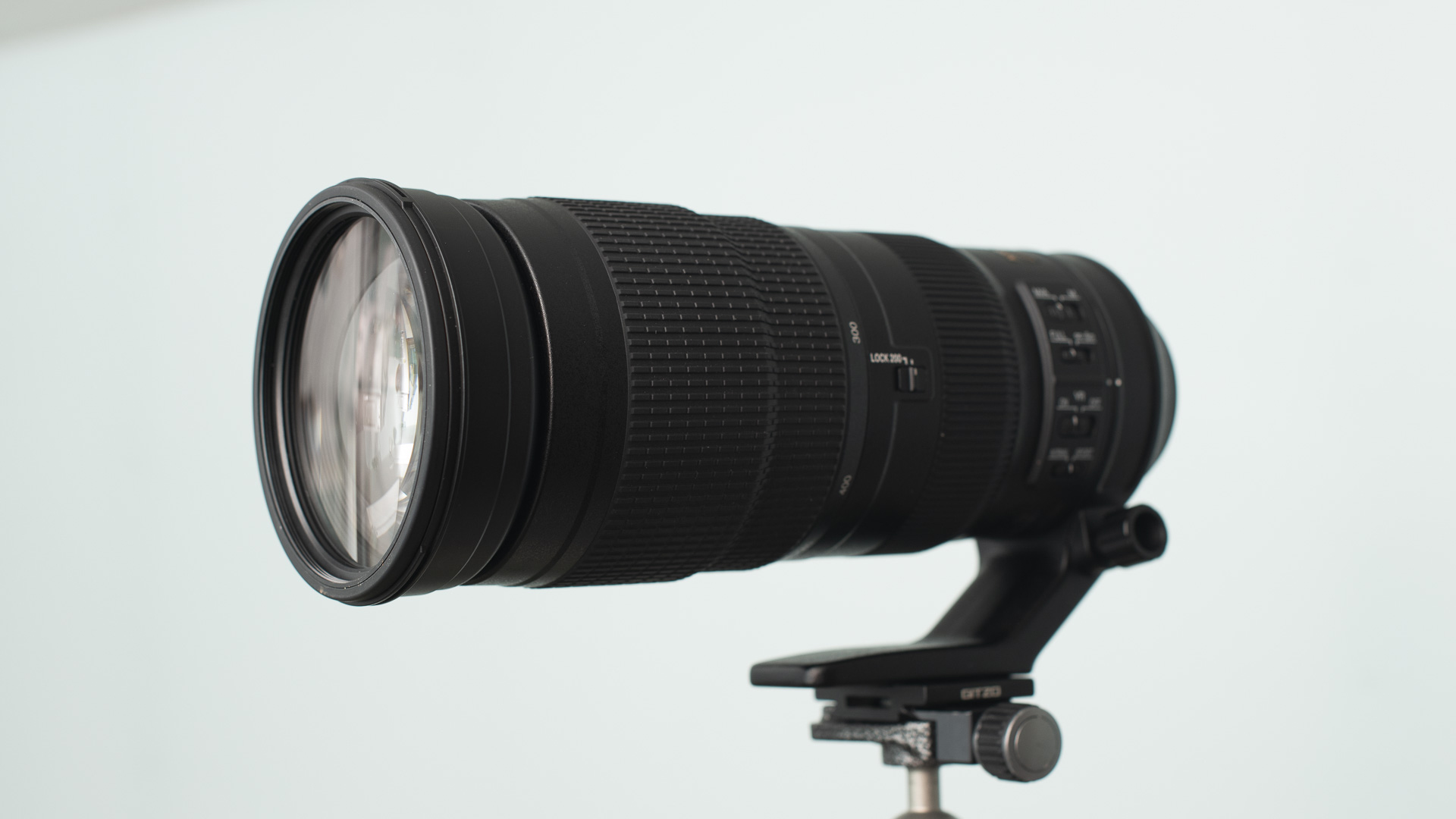Space Verdict
A far-reaching super telezoom, the Nikkor AF-S 200-500mm f/5.6E ED VR gives quality results at a reasonable price, but isn’t light in the hand
Pros
- +
Outstanding zoom range
- +
Great Vibration Reduction
Cons
- -
Quite big and heavy
- -
Zoom ring takes a while to swivel
Why you can trust Space.com
The Nikkor AF-S 200-500mm f/5.6E ED VR is the longest telephoto zoom lens that Nikon sells in its F-mount range, and is the mother of all Nikkor telezooms. Ideal for aviation, sports, and wildlife photography with the Nikon cameras in our list of the best cameras for astrophotography, this lens makes short work of small subjects that are far away, and with the added ability to zoom in and out, it means recomposing shots is a doddle.
It has a constant f/5.6 aperture instead of a variable aperture range which is quite common among telezooms. Yet despite this, it comes in at an incredible price point,.
Type: Telezoom FX
Compatibility: Nikon F-mount
Focal range: 200-500mm
Aperture range: f/5.6 constant
Thread size: 95mm
Weight: 5 lbs (inc. tripod collar)
Designed as a full-frame FX lens, the Nikkor AF-S 200-500mm f/5.6E ED VR also works with crop-sensor DX camera bodies (such as the D7500) where the magnification ratio amplifies the effective focal length range to 300-750mm - ideal for bird photographers.
In its construction, it has 19 elements in 12 groups (including three ED glass elements), has a minimum focusing distance of 7.22/2.2 m ft from the focal plane (the focal plane can be found as a circle with a line through it somewhere on your Nikon camera body), and feels incredibly sturdy with its metal/plastic/rubber body.
Four switches on the side of the lens allow for manual and autofocus switching, restrictive autofocus distance, on/off for Vibration Reduction, and a normal/sport mode for the VR. There’s an additional switch (LOCK 200) that locks the lens to its shortest position (when the lens is zoomed to 200mm) to make it shorter during transportation and stop unwanted extension. It's a monster of a lens, and ideal if you're taking photos of the moon. It's easily one of the best zoom lenses, if you're the proud owner of a Nikon DSLR body.
Nikkor AF-S 200-500mm f/5.6E ED VR: Design
- Smooth zoom ring
- Great VR performance
- Zoom lock switch
If there’s one thing this lens is, it’s heavy. Sure, it’s nothing compared to the long telephoto prime lenses that are as thick as your thigh, but 5 lbs is nothing to be trifled with. If shooting handheld, you’ll need to start hitting the gym as the Nikkor AF-S 200-500mm f/5.6E ED VR lens is nearly 10.6 inches (27 cm) long. That said, most shooters will likely use a monopod, gimbal, or tripod as a base of support because it lends itself perfectly to sports, wildlife, and aviation photography, where staying still with a big piece of glass is the accepted norm.
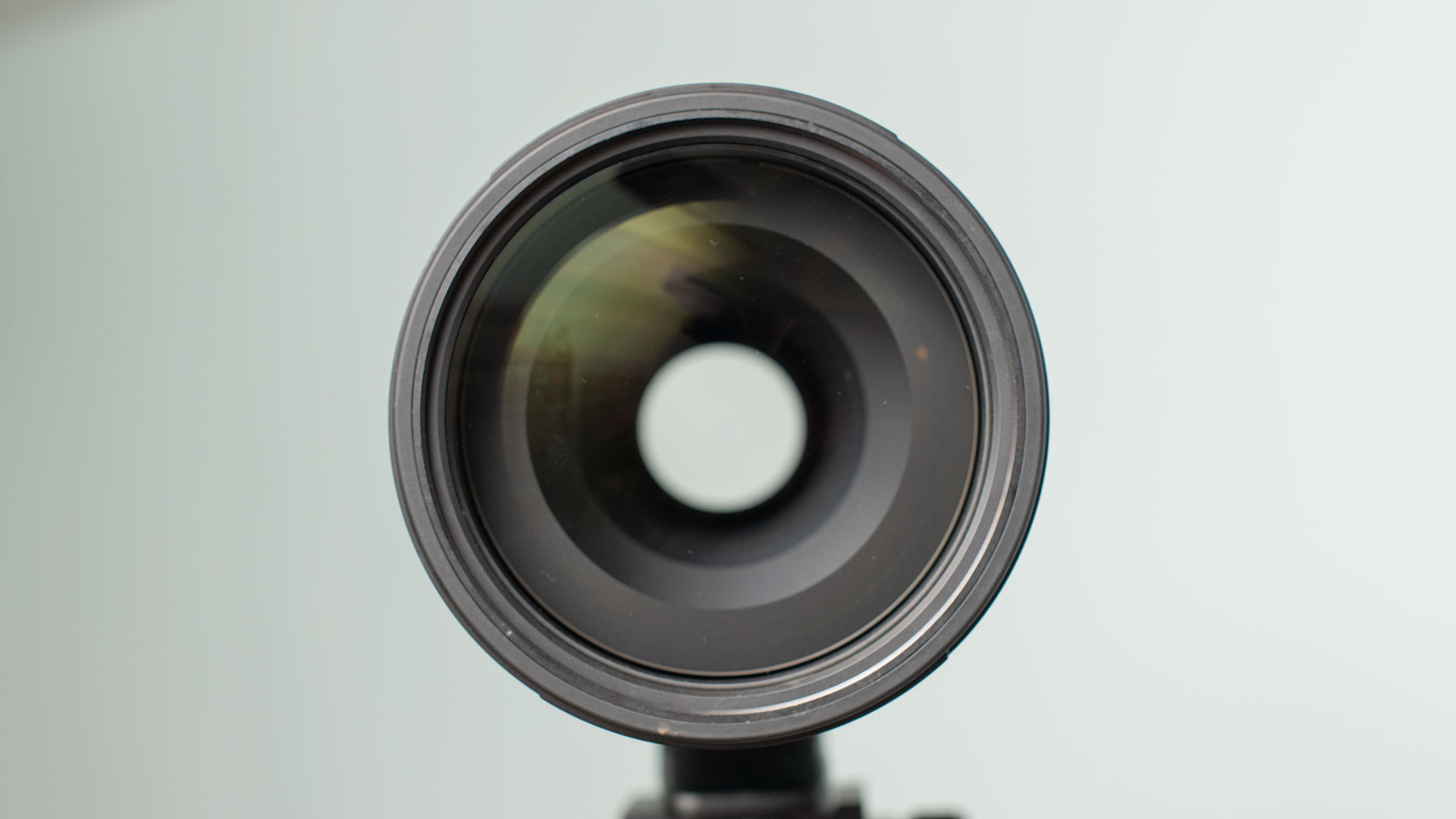
Even though the Nikkor AF-S 200-500mm f/5.6E ED VR lens is rather hefty, the zoom ring is surprisingly smooth and light. A slight twist with a finger or thumb is all it takes to whirr it around. Compare that to the older Nikkor AF-S 70-200mm f/2.8G ED VRII which feels much heavier, it makes recomposing a breeze. However, if you want to swap quickly from 200mm to 500mm, it will require a half-turn of the focus ring. That might not sound like much, but when you consider the lens barrel is approximately 4.2 inches (10.8 cm) in diameter, it can easily take three or four turns from the left hand to get there. That means more time spent faffing and less time shooting, resulting in lost shots - something that really can’t be afforded in sports photography, or any of the other appropriate disciplines this lens is designed for.
Breaking space news, the latest updates on rocket launches, skywatching events and more!
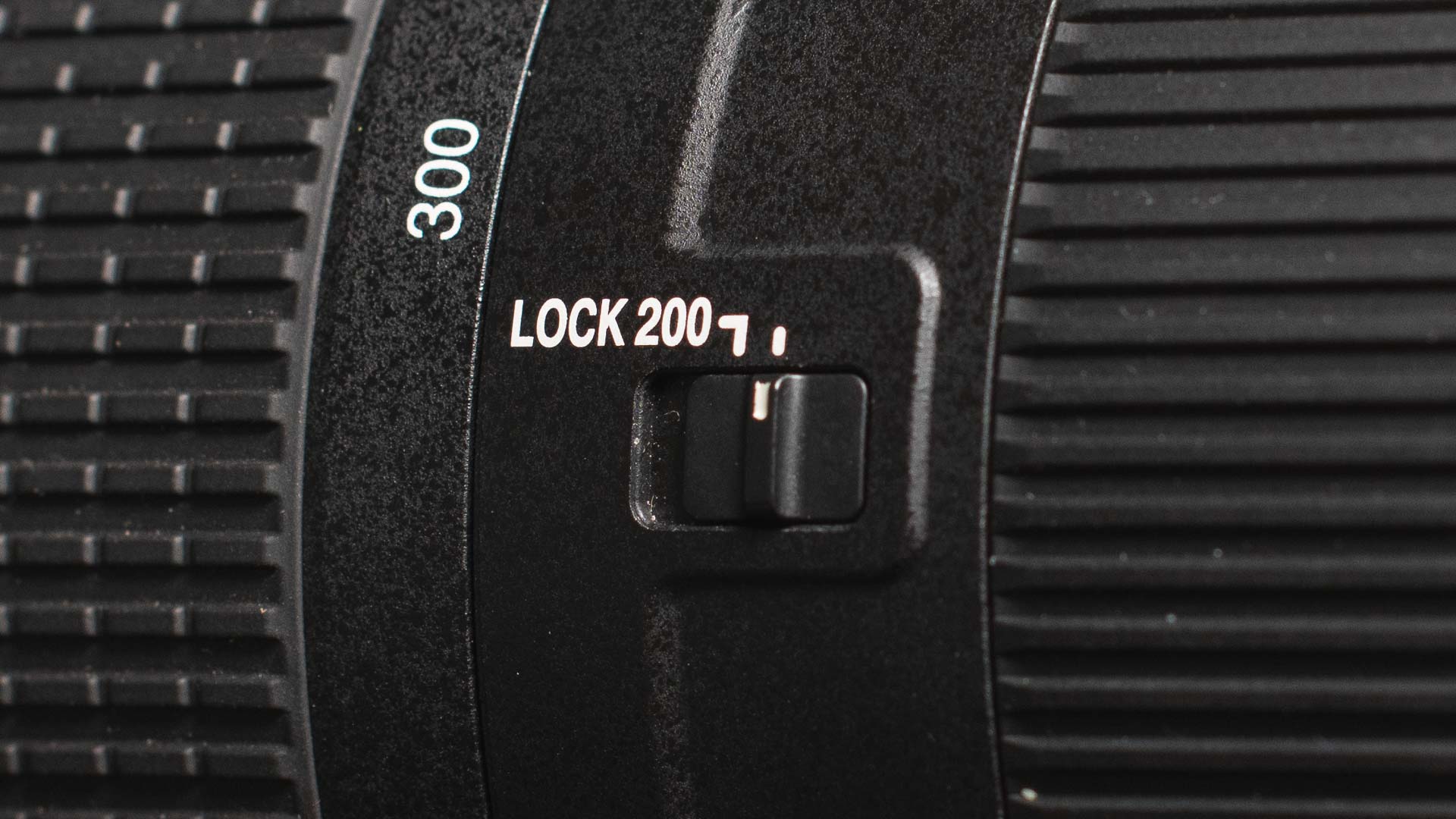
Nikkor AF-S 200-500mm f/5.6E ED VR: Performance
Focusing can take a while on this beast, especially when the AF point misses and the camera hunts to find its target subject. That’s why one of the four switches on the side of the Nikkor AF-S 200-500mm f/5.6E ED VR lens can restrict autofocus distance, with options of FULL (which will autofocus the entire range from its minimum focusing distance to infinity) or infinity - 6 meters. This cuts AF hunt time drastically, which can be the difference between getting a shot or not when working with fast-moving, faraway subjects.
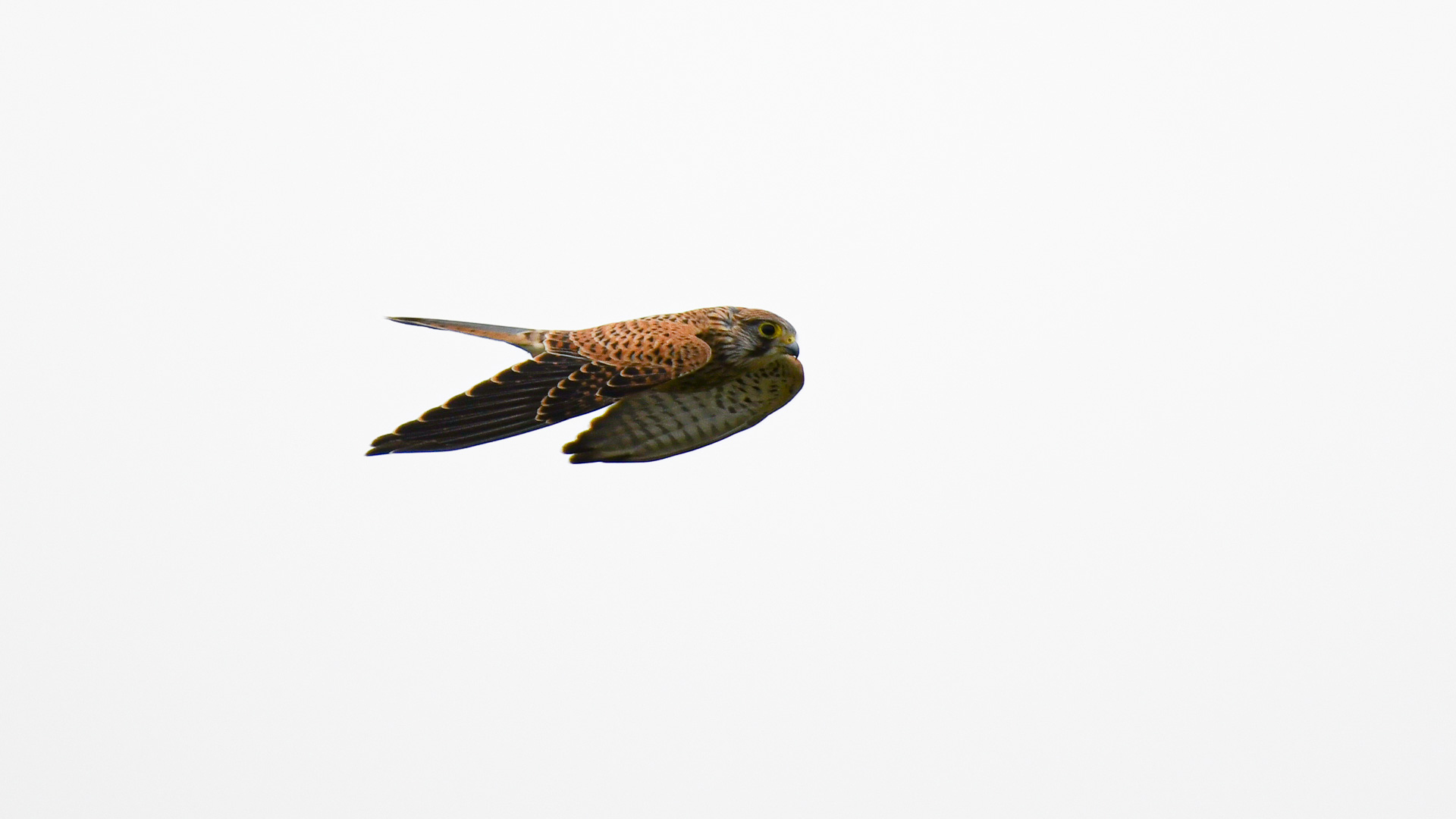
Vibration Reduction (image stabilization) on the lens purports a whopping 4.5 stops, which is hefty even when compared with modern Mirrorless lenses and bodies. The Sport VR switch converts the VR in the lens to make it easier to follow the action on the pitch. It has a more reliable exposure control by utilizing Nikon’s electromagnetic diaphragm control, making bursts of stills much more consistent than the older mechanical link-up technology Nikon used to work with.
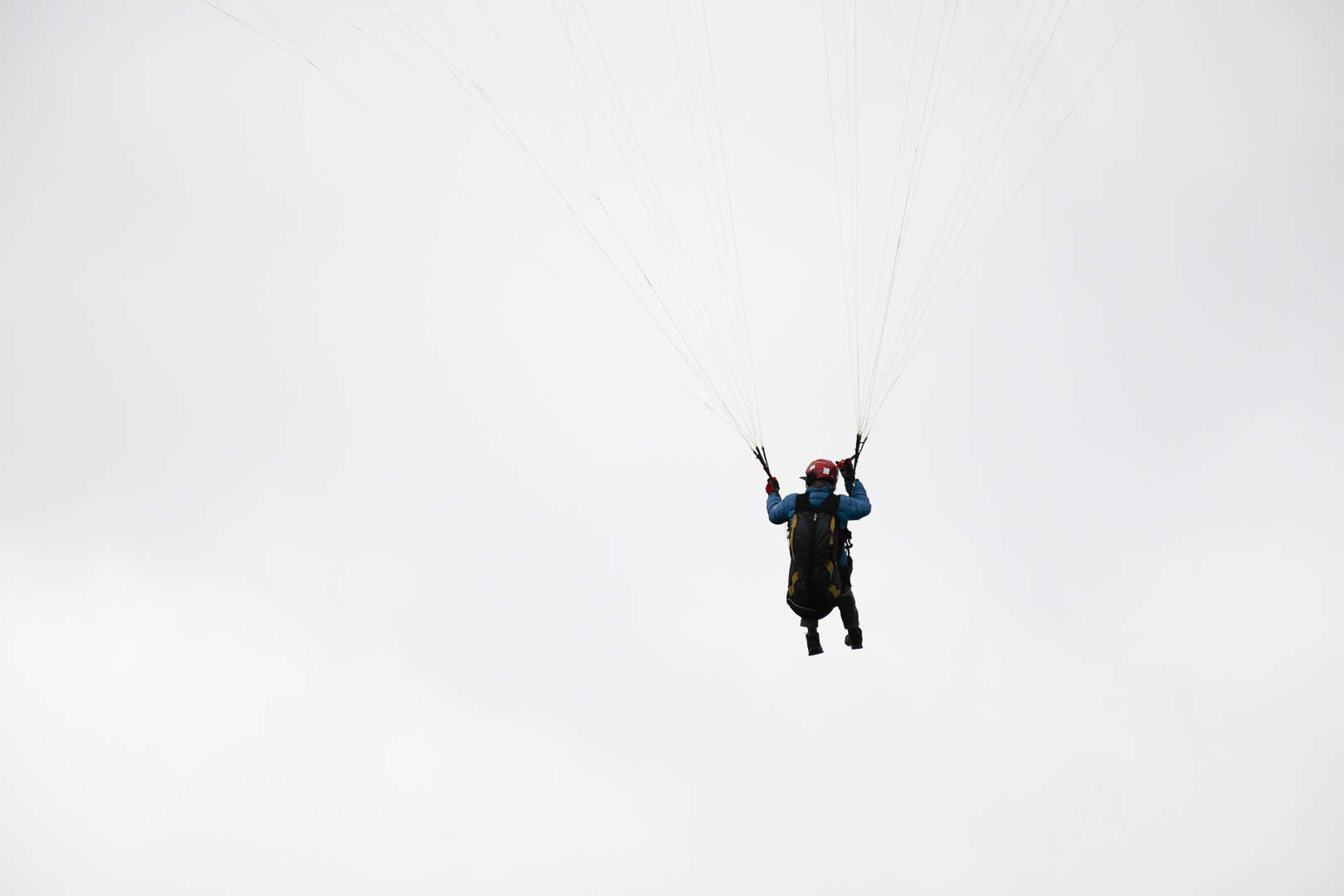
As you can see, there’s minimal chromatic aberration on extremely contrasted edges, even at 200% crop it’s hard to find areas with color fringing
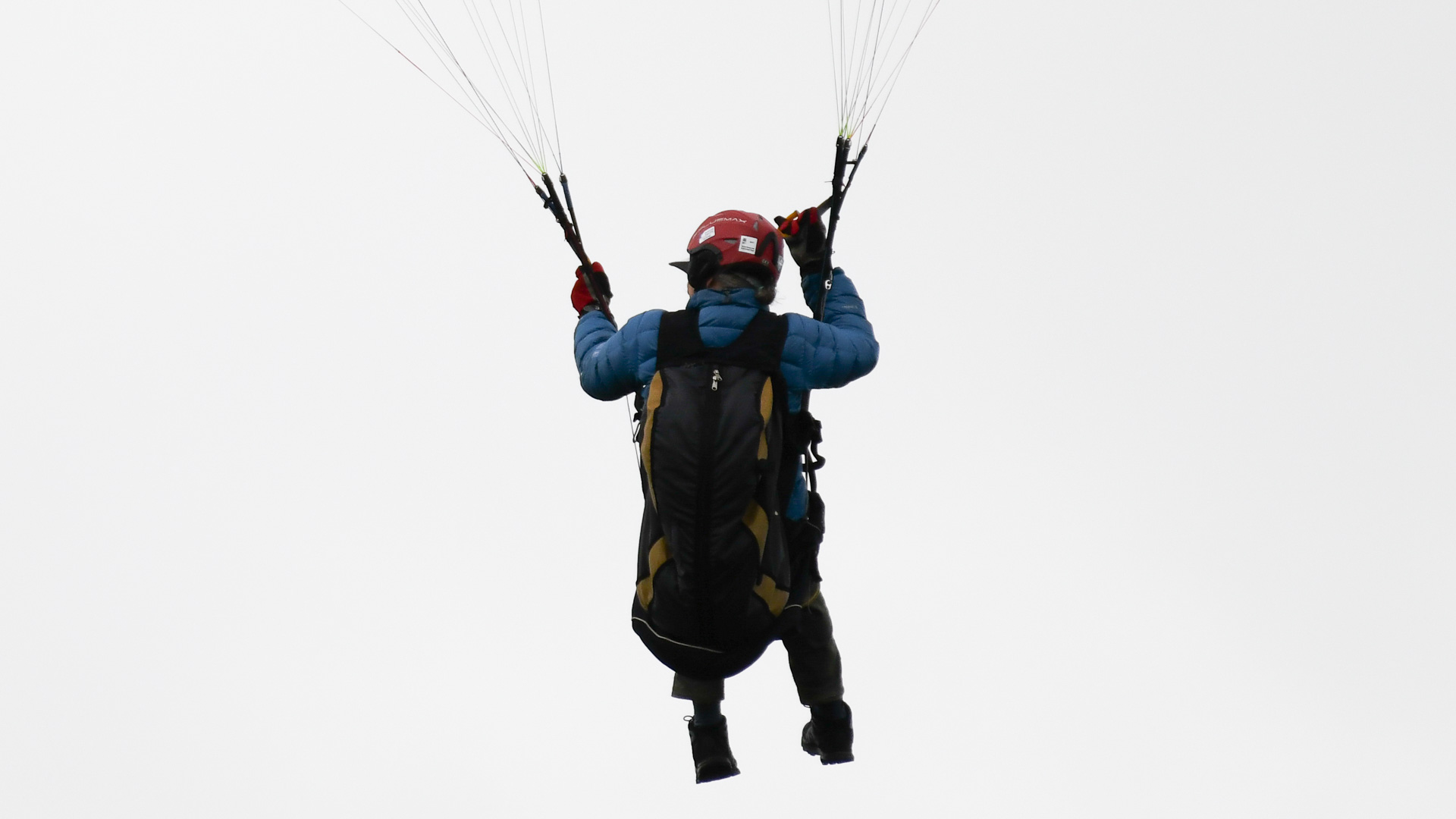
As you can see, there’s minimal chromatic aberration on extremely contrasted edges, even at 200% crop it’s hard to find areas with color fringing

There’s minimal chromatic aberration on extremely contrasted edges; even at 200% crop it’s hard to find areas with color fringing in photos taken with the Nikkor AF-S 200-500mm f/5.6E ED VR lens.
With 19 glass elements inside the lens, you’d be forgiven for presuming that there’s likely a lot of chromatic aberration (color fringing) around contrasted edges in the frame. That’s what we assumed before testing, but taking a look at the results we’re pleasantly surprised with just how competently it handled it. In some cases, we had to crop in to 200% before we even noticed any chromatic aberration at all, and even then it was only a small green section right at the point of some intersecting lines. Although the lens suffers a little from some vignetting around the edge, this adds charm to the photos and can easily be removed in image editing software if so desired. The image remains sharp throughout the frame but does get slightly softer towards the very edges, as is to be expected from almost any lens.

Should you buy the Nikkor AF-S 200-500mm f/5.6E ED VR?
If you’re into sports, wildlife, or aviation photography - indeed if there’s any chance you want to capture a subject that’s either smaller or much further away - and you need good reach at a reasonable price, then the Nikkor AF-S 200-500mm f/5.6E ED VR is definitely a fantastic choice. It’s good enough for professional use, but those working in low light may want to consider another telezoom with a wider maximum aperture, though the 4.5 stops of VR do a lot to help in that regard. This lens probably isn’t ideal for a beginner (though it definitely won’t hold you back) because the cheaper and lighter 70-300mm lenses mentioned below are probably a safer bet to be introduced to the telezoom world.
If this product isn’t for you
Although it’s the only lens in Nikon’s F-mount line-up that offers such a generous telephoto zoom range, the Nikkor AF-S 200-500mm f/5.6E ED VR isn’t for everyone. It’s well-priced considering the price point of other lenses, costing about the same brand new as the 70-200mm f/2.8.
If budget’s an issue, a better option might be the more affordable Nikon AF-P 70-300mm f/4.5-5.6E ED or Tamron’s equivalent Tamron SP 70-300mm f/4-5.6 Di VC USD, which offers much of the focal length range with a much lower price tag. But beware of the strong chromatic aberration of these lenses, it may pay to turn on the Lens Corrections when editing in post-processing software.
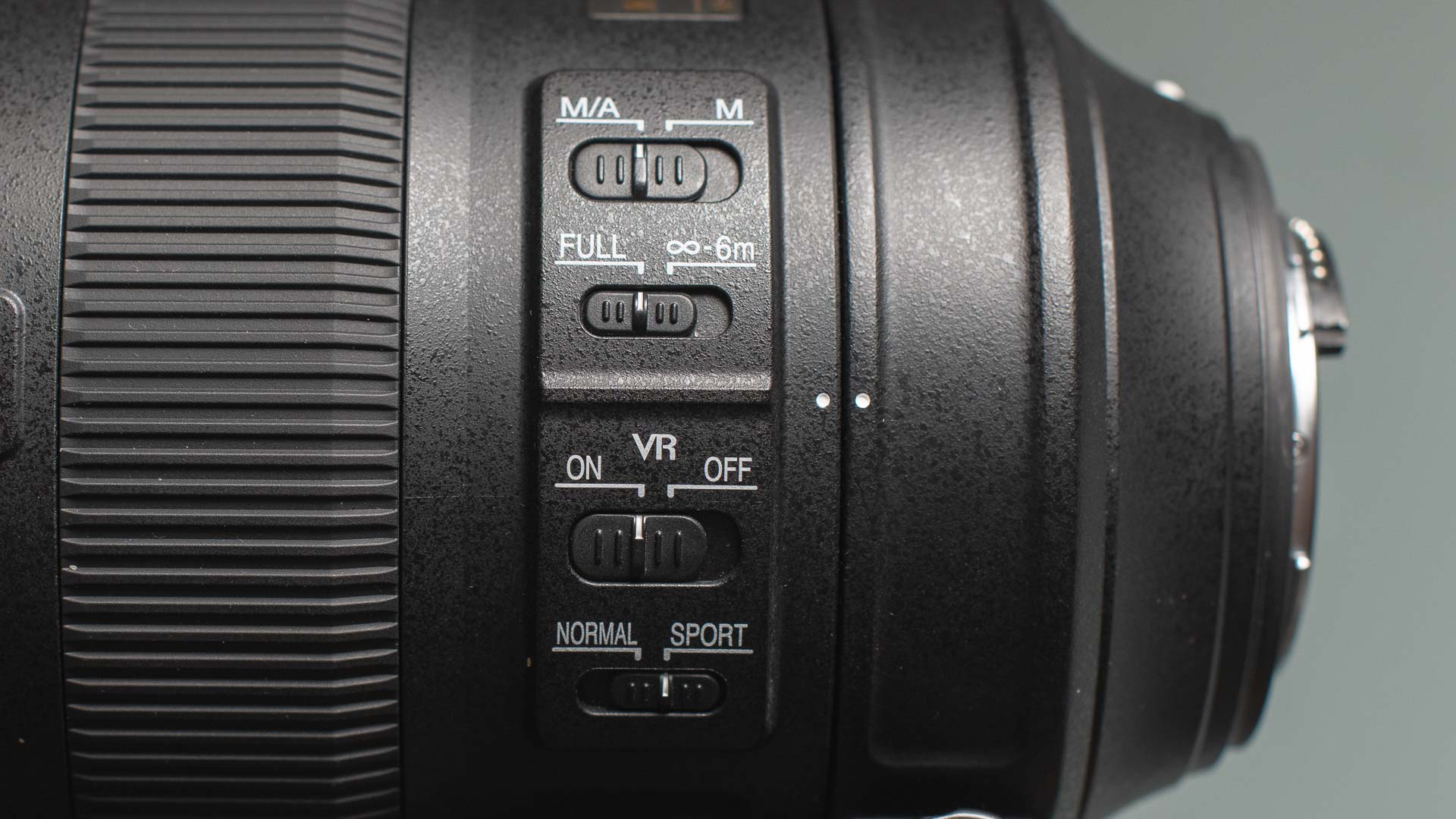
However, if you want to match the focal length range of the 200-500mm but gather more light for low light shooting then the Sigma 200-500mm f/2.8 EX DG lens might be an option, at almost 6x the price. It does come with its own carry handle built into the lens, though.

Jase Parnell-Brookes is the Managing Editor for e-commerce for Space and Live Science. Previously the Channel Editor for Cameras and Skywatching at Space, Jase has been an editor and contributing expert across a wide range of publications since 2010. Based in the UK, they are also an award-winning photographer and educator winning the Gold Prize award in the Nikon Photo Contest 2018/19 and named Digital Photographer of the Year in 2014. After completing their Masters degree in 2011 and qualifying as a teacher in 2012, Jase has spent the last two decades studying and working in photography and publishing in multiple areas, and specializes in low light optics and camera systems.
